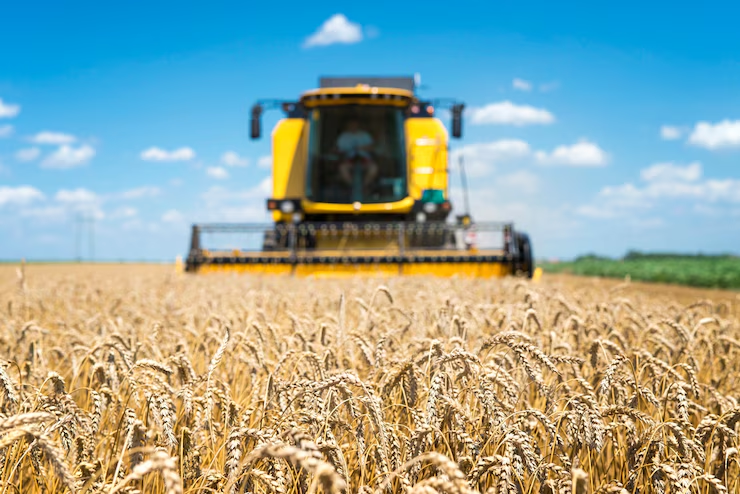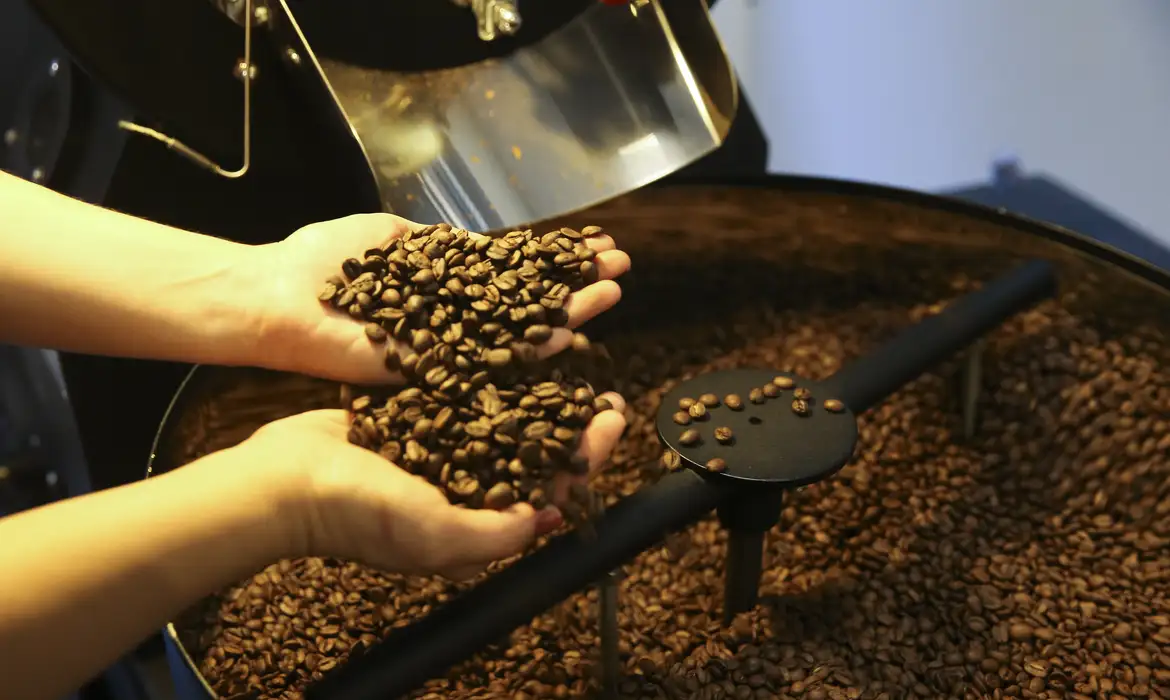Carbon in the wheat crop can be an ally to reduce the effect of climate change

According to researcher from Embrapa Trigo Genei Antonio Dalmago, there are strategies that make it possible to increase carbon fixation in the soil. “In the case of southern Brazil, the main one is to reduce the fallow period, that is, the periods in which the soil is not covered with plants. The second strategy is to intensify the production system, so that you have plants in the soil 365 days a year and also to observe the ideal sequence of plants to increase carbon fixation in the soil, that is, which plant species it can benefit so that the cultivation results in a greater fixation of carbon in the soil and also promotes a development of the biology of the soil that favors the productivity of the following cultures”, he evaluates.
The carbon balance at each stage of grain production, after discounting the amount extracted by the grains at harvest, showed that wheat incorporated 5.31 grams (g) of CO2 per square meter (m²) per day into the system; soy, 0.02 g (ie practically zero); and the two fallow periods emitted 6.29 g, reveals the research.
Abitrigo’s chief executive, Rubens Barbosa, believes that the research, in addition to being important for wheat cultivation in Brazil, may indicate long-term economic growth with the possibility of retaining carbon in the soil.
“As concerns about climate change increase, in the medium and long term, there may be a greater interest in increasing wheat production, but I think that, today, only economic considerations still prevail. But this is a new fact that may have an influence in the medium and long term”, he points out.
Brazil, agribusiness and carbon credits
According to the survey, after the Midwest, the South region is the second largest grain production center in Brazil. The three southern states (PR, SC and RS) account for more than 90% of wheat production and 30% of national soybean production. Due to the high value of soybeans on the market, winter crops are not always part of the agricultural scenario, leaving many areas fallow during the autumn and winter months. And the fallow period (without planting) increases the emission of greenhouse gases into the atmosphere.
In the opinion of the researcher from Embrapa Trigo, carbon is the central element of plant productivity. Without carbon there would be no production of photosynthesis and there would be no production and no food for us to eat.
“The existence of plants growing on the soil 365 days a year is an essential condition for this soil to provide for plant growth and for photosynthesis to promote greater carbon fixation in the soil”. He also points out that, as soybeans were sown in November, when the soil temperature is higher, wheat ended up having a more negative balance because it was cultivated in winter. “In winter, in southern Brazil, temperatures are lower and the work of microorganisms in the soil is reduced, which means that there is less degradation of the organic material that is in the soil, of soil organic matter and less release of carbon into the atmosphere”, he reveals.
The carbon “villain”
The researcher from Embrapa Trigo (RS) explains that, during development, plants release carbon, mainly at night, when they breathe more and there is no light to carry out photosynthesis. In addition, there is the decomposition process of agricultural waste, which is responsible for a significant amount of CO2 emitted into the atmosphere. Genei acknowledges that carbon, up to a certain point, favors increased crop productivity, but it is necessary to pay attention to other issues.
“The problem is that after a certain point it interferes with the harmony of the planet’s climate and when that happens it can be considered a villain because the benefit it causes in terms of increased productivity by increasing its concentration in the atmosphere can be coated in prejudice when it ends up interfering with the harmony of the climate or the harmony of the meteorological elements. So it is at this point that carbon can be considered a villain, when it interferes with the harmony of the climate and this interference ends up causing imbalances”, he warns.
By Brasil 61




